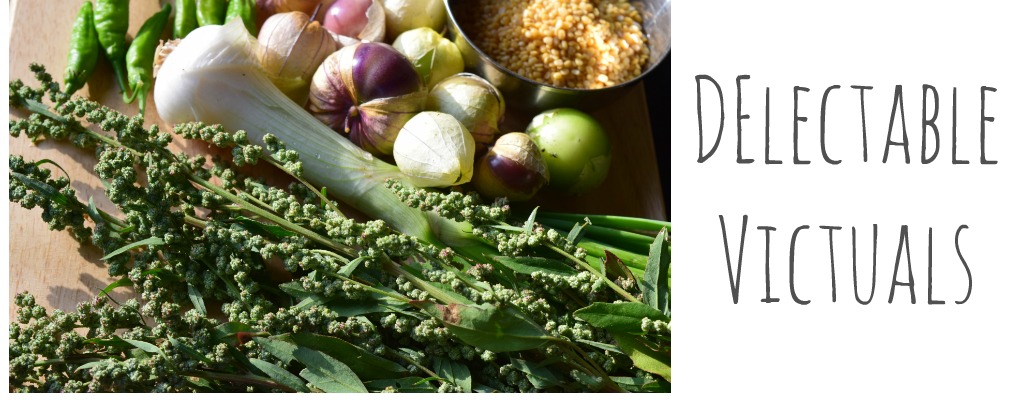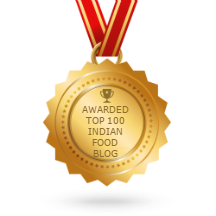Soy Beans Dosai and Idlee
I grew up on a steady diet of Idlee and Dosai. Along with the fallback "tiffin" of Upma, the meals were mostly Sambar, Rasam, Rice, Yogurt and an array of vegetable sides. An amazing array.
Anyway, possibly as a result of the intimate connection with Idlee and Dosai during my childhood, my affinity for them has increased exponentially since the kids arrived.
Plus, I greatly appreciate what an easy yet healthy meal option it is for the kids: good protein, low fat, plus the goodness of wild fermentation; and for the cook: a batch of batter lasts several days if stored in the fridge; and as it ages it can become onion oothappam, or diluted with some roasted cream of wheat to make rava dosai, and if indulgent, hot fried appam can come about as well.
Not many South Indian kitchens are without an Appa Karal which is a traditional apparatus resembling the pancake puffs maker that was the rage a few years ago.
Dollops of gracefully aged idlee batter - with some chopped chilies, coconut, onions, maybe some soaked and softened chana dal - typically fried crisp on the outside and soft and fluffy on the inside when made in the appa karal - a great tea time snack during monsoon season.
The traditional idlee and dosai get made often, as do brown rice dosai and idlee; but every once in a while I change things up a bit in the spirit of experimentation and just for the fun of it.
That's how these protein-packed Soy Bean Dosai (and Idlee) came about. Between the soy beans, urad dal, moong dal and chana dal, there is plenty of protein.
And with the wild fermentation, we get the pleasantly sour flavor, with nutrients intact. As Sandor Ellix Katz describes in his book, "Fermentation not only preserves nutrients, it breaks them down into more easily digestible forms. Soybeans are a good example. This extraordinarily protein-rich food is largely indigestible without fermentation. Fermentation breaks down the soybeans’ complex protein into readily digestible amino acids,..."
I am not a nutritionist or a dietician, but, am always conscious of what we consume - at least what I feed my kids. And Idlee and Dosai have certainly earned a permanent place in their diet and what's more, they relish it.
Ingredients
½ cup split white urad dal (skin removed)
½ cup dry soy beans
¼ cup chana dal
1 cup whole green moong dal aka mung beans
1½ cup idlee rice (or brown rice)
Combine the ingredients, wash well, soak overnight or up to 12 hours.
Drain the water and grind to a fine batter, almost as thick as pancake batter.
The batter will not be smooth and silky as with flour batter - it will be a bit gritty and coarse-textured.
Leave the batter in a warm place covered with a cheese cloth or any breathable cloth overnight, for about 12-16 hours, to ferment naturally; even up to 18 - 24 hours. In a cold place like mine, I warm the oven to a low temperature, turn off the oven and leave the batter in there to ferment.
A pleasantly sour smelling batter that develops frothy bubbles when stirred indicates that it is ready for consumption. On cold days, I leave the batter out, but on warmer days I refrigerate it at this point for later use.
Chop up or mash any vegetables as desired and add to the batter before steaming the idlee or making the Crêpe-like dosai. Serve it with a few chutneys and potato masaal or cabbage and potato alicha for a fusion Ethiopian.
I prefer to start with the basic thick fermented batter for idlee - but dilute it a bit for the dosai as needed to make thin crisp 'paper roast'. Serve it as breakfast, lunch, snack or dinner - it is a versatile meal.
Labels: dosai, fermented, idlee, indian, soy beans, vegetarian





1 Comments:
At 9:41 AM, Anonymous said…
Anonymous said…
sounds interesting will try this soon. Thanks for sharing this recipe.
Post a Comment
<< Home